Rebellion: The Story of India's Indie Movement
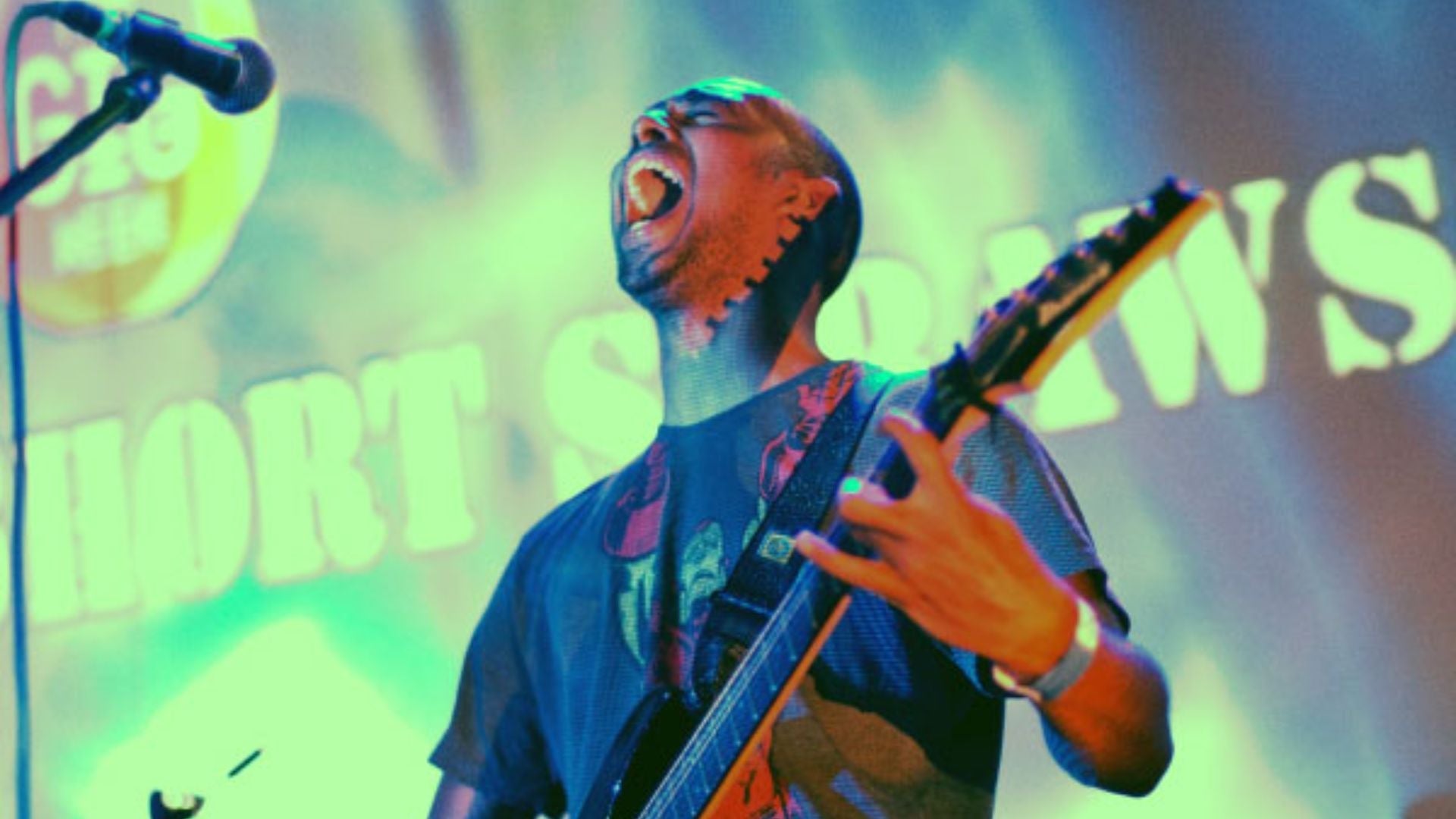
For decades, Indian music was held in the orbit of cinema. Playback singers and film composers dominated the charts, leaving little room for voices outside the soundtrack system.
Yet between college stages, basement pubs, and grainy bootlegs, a parallel story was taking shape; one that refused to wait for validation. This was the Indian indie movement, and its rise transformed how we think about music in the country today.
In the late ’80s, Indus Creed proved Indian musicians could write and perform original rock in English. By the ’90s, Pentagram’s electronic grit, Orange Street’s funk, and Agni’s anthems were expanding the frontier, while Indian Ocean’s fusion of Hindustani and folk opened a path for Motherjane and Avial to show that Indian rock could be both rooted and revolutionary.
As the 2000s arrived, the underground became impossible to ignore. Bhayanak Maut and Pin Drop Violence detonated in small venues with the sheer force of their live shows, while Kryptos carried Indian metal to international festivals. Joint Family and Metakix blurred boundaries between rap, rock, and metal.
By mid-decade, the network expanded. Bombay Black and Sky Rabbit brought art-rock textures to audiences, while bands like Blackstratblues, Shaa’ir + Func, and Zero kept refining what “indie” could mean in urban India.
Channel V gave brief exposure, college festivals built audiences, and with Only Much Louder’s founding in 2007, a framework emerged to professionalize the scene. When NH7 launched in 2010, the scaffolding was finally in place: independent music had festivals, management, and an identity that no longer needed to explain itself.
Without the stubbornness of those bands who played through feedback, empty halls, and skeptical promoters, there would be no stage for what we now take for granted.
For those who were there, the nostalgia is inseparable from the music itself—the sweat, the distortion, the thrill of belonging to something unfinished but real. For those discovering it now, the story offers a reminder: India’s independent scene was never an accident. It was willed into being, gig by gig, until the sound of resistance became the sound of a generation.
Drive
Pentagram
Pentagram’s “Drive” was the sound of Mumbai in overdrive a sleek, electronic-rock anthem that captured the city’s restlessness. With Vishal Dadlani’s commanding vocals and Randolph Correia’s sharp guitar textures, it became a defining track of the early 2000s indie movement, cementing the band’s place as India’s first true alternative headliners.
PSP 12
Zero
Beloved in Bombay’s live circuit, “PSP 12” distilled the chaos and joy of underground gigs into a song. Zero may have never been a studio band, but with this track, they created an anthem for the kids crammed into smoky pubs and college festivals.
Anuva’s Sky
Blackstratblues
Warren Mendonsa’s guitar became the most lyrical voice in Indian indie, and “Anuva’s Sky” is his masterpiece. Instrumental, deeply melodic, and full of feeling, it shifted the indie conversation toward artistry rather than just genre labels.
4 Times and Once After
Superfuzz
Delhi’s Superfuzz wrote pop-grunge with a knack for hooks. “4 Times and Once After” remains their standout, combining fuzzed-out guitars with melodic charm. It captured the restless sound of the city’s indie youth in the mid-2000s energetic, unpolished, and impossible to ignore.
Yeah Whatever
The Supersonics
Kolkata’s Supersonics brought wit and swagger to Indian indie rock. “Yeah Whatever” is cheeky, guitar-driven, and bursting with energy. At a time when most indie bands leaned towards heavy or experimental sounds, this song proved that sharp, jangly pop could hold its own.
It’s Ok
Junkyard Groove
For a generation of college kids, “It’s Ok” was the anthem of weekends spent at festivals. Junkyard Groove’s easy charm and singalong chorus gave indie music its friendliest face, making them a band that could unite mosh pits and casual listeners alike.
Together Again
Shaa’ir + Func
Randolph Correia and Monica Dogra’s Shaa’ir + Func blurred genres before it was fashionable. “Together Again” was their breakout, fusing electronic textures with indie rock sensibilities. Stylish, bold, and futuristic, it signaled that Indian indie didn’t have to mimic Western sounds it could innovate its own.
Holy Ghost Machine Gun
Split
Bombay’s Split were loud, brash, and impossible to ignore. “Holy Ghost Machine Gun” embodied their sound raw energy, punk spirit, and riffs built for the stage. For those who came up in the mid-2000s scene, this was one of the songs that defined sweaty, chaotic gigs.
In Dependence
Pin Drop Violence
Pin Drop Violence carried the weight of Delhi’s early metalcore scene. “In Dependence” was a gut-punch heavy, cathartic, and politically sharp. It gave India’s heavy music underground an anthem to scream back, and remains one of the genre’s earliest breakthroughs.
Zephyretta
Them Clones
Few Delhi bands had the cult following of Them Clones. “Zephyretta” was their signature melodic, polished, and arena-ready. For years, it was a college festival staple, the track that ensured the crowd went home singing. It still stands tall as a quintessential Delhi indie anthem.
Sleepy Soapy Saga
Kinky Ski Munky
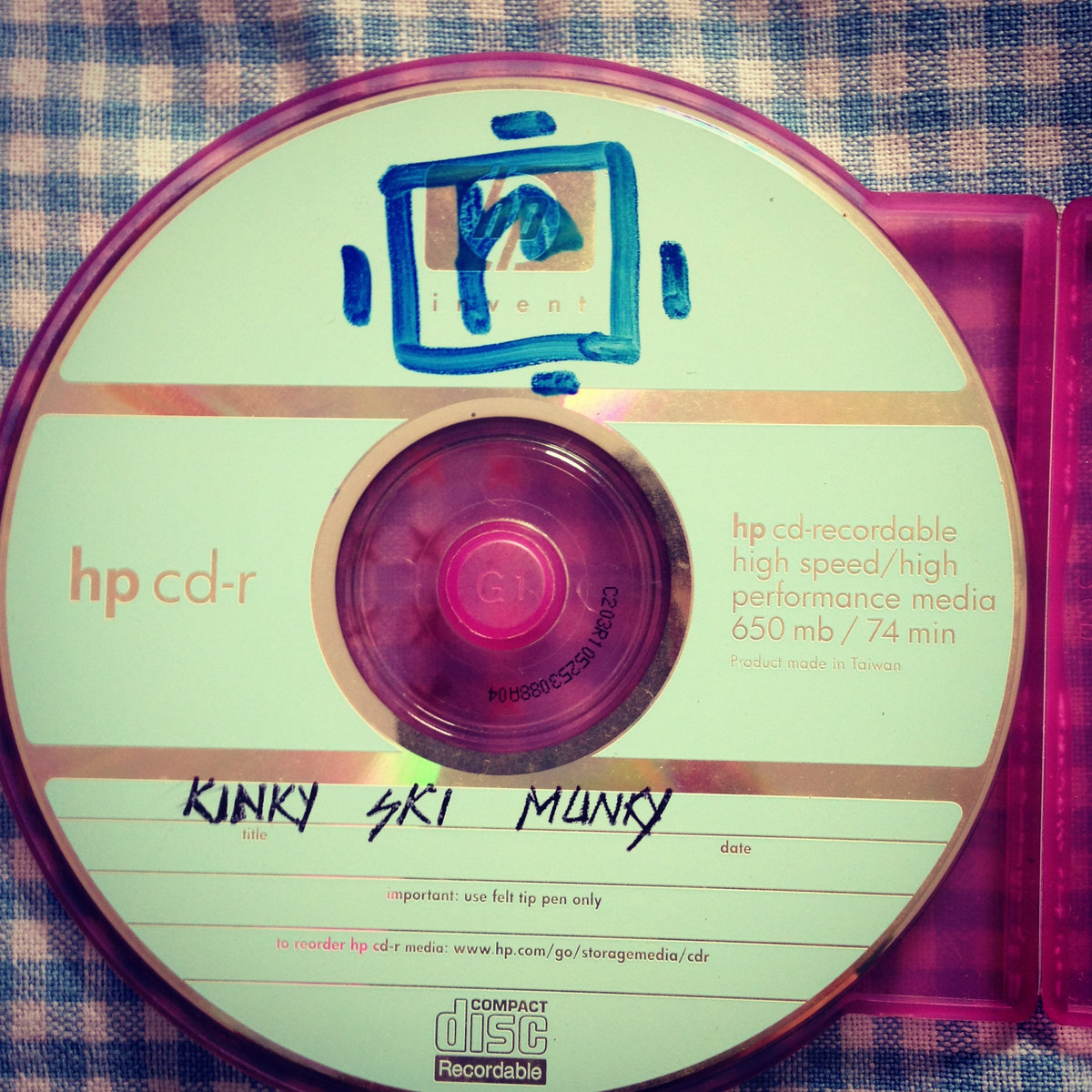
Mumbai’s Kinky Ski Munky carved a cult following in the 2000s with their playful, grunge-tinged sound. Featuring Siddharth Basrur on vocals and Sahil Makhija on bass, they thrived on unpredictability. “Sleepy Soapy Saga” is their standout funky riffs, tongue-in-cheek energy, and a refusal to fit any template. It captures exactly why the band remains a beloved memory of India’s underground.
Rock ‘n’ Roll Renegade
Indus Creed (Rock Machine)
Before they were Indus Creed, Rock Machine released “Rock ‘n’ Roll Renegade” a trailblazer for Indian rock. With stadium riffs and big-chorus bravado, it was a declaration that Indian bands could dream beyond pub gigs. A genuine first-wave anthem.
Kashmir
Agni
Agni’s “Kashmir” became a cult classic in the early ’90s, showcasing a melodic, arena-rock sound that was both ambitious and accessible. It reflected a moment when Indian rock was finding its voice beyond covers and entering the realm of original anthems.
Descension
Kryptos
Bangalore’s Kryptos earned international recognition with “Descension.” A thrash-metal juggernaut, it was fast, uncompromising, and crafted with global ambitions. For India’s metal scene, this song proved their bands could stand shoulder to shoulder with legends abroad.
Anti-Coke Ganpati
Sky Rabbit
Art-rock, witty, and cerebral “Anti-Coke Ganpati” became Sky Rabbit’s defining statement. It was playful yet biting, perfectly capturing the experimental urban textures emerging from Mumbai in the late 2000s.
Nada Nada
Avial
When Avial released “Nada Nada,” it redefined what indie could be. Heavy riffs, grunge spirit, and lyrics in Malayalam it showed that authenticity didn’t need translation. The track sparked confidence in bands to use regional languages unapologetically.
Easy
Menwhopause
Delhi’s Menwhopause carved out space for atmospheric folk-rock. “Easy” was delicate, psychedelic, and immersive a far cry from the distortion-heavy anthems of their peers. It widened the possibilities for what indie could sound like in India.
Hey Bhagwan
Raghu Dixit Project
Raghu Dixit’s “Hey Bhagwan” was a folk-rock anthem with mainstream appeal. Earthy, singable, and rooted in Indian sounds, it brought indie music into living rooms well beyond the underground. It proved that indie could connect across audiences and languages.

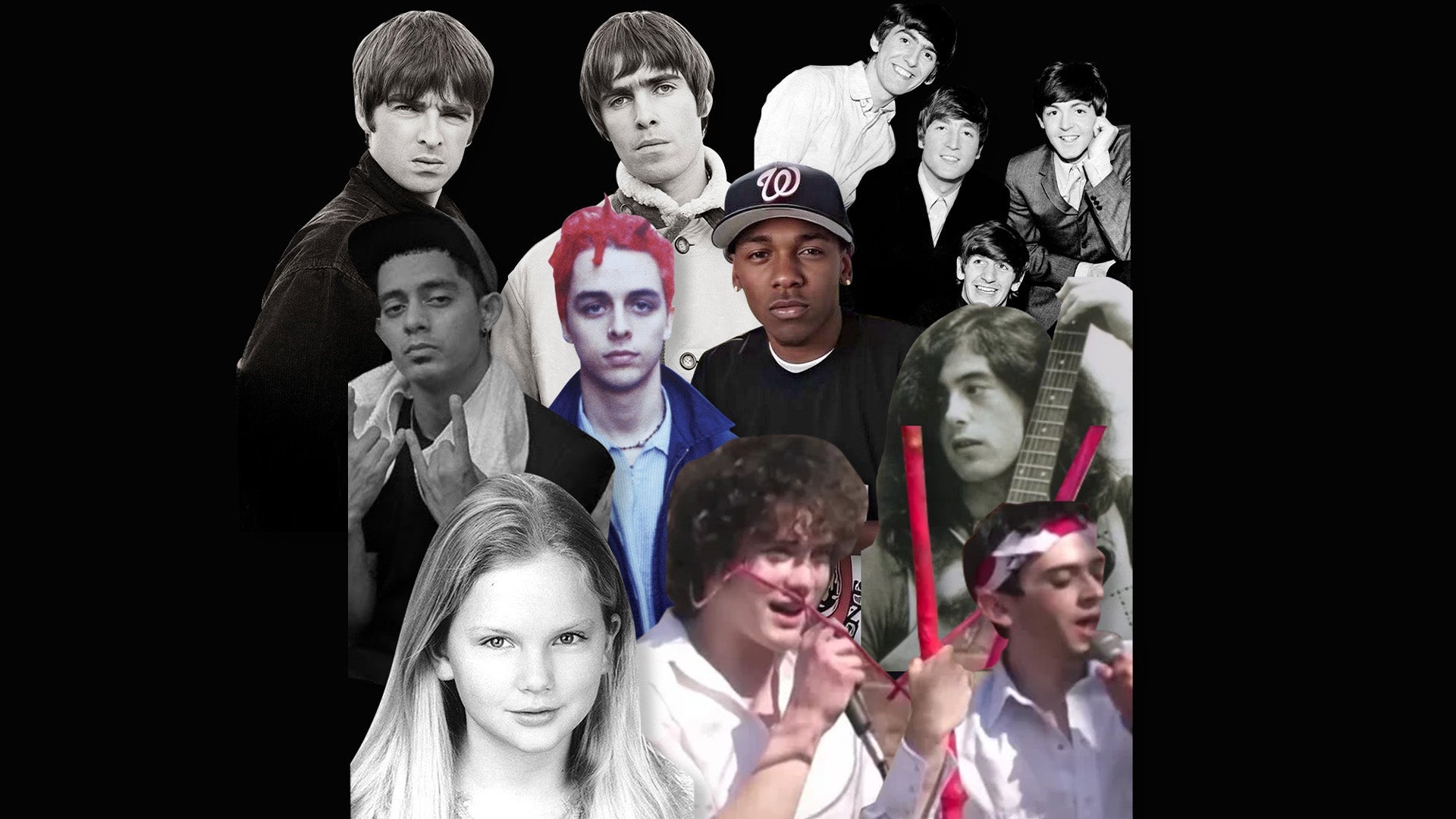
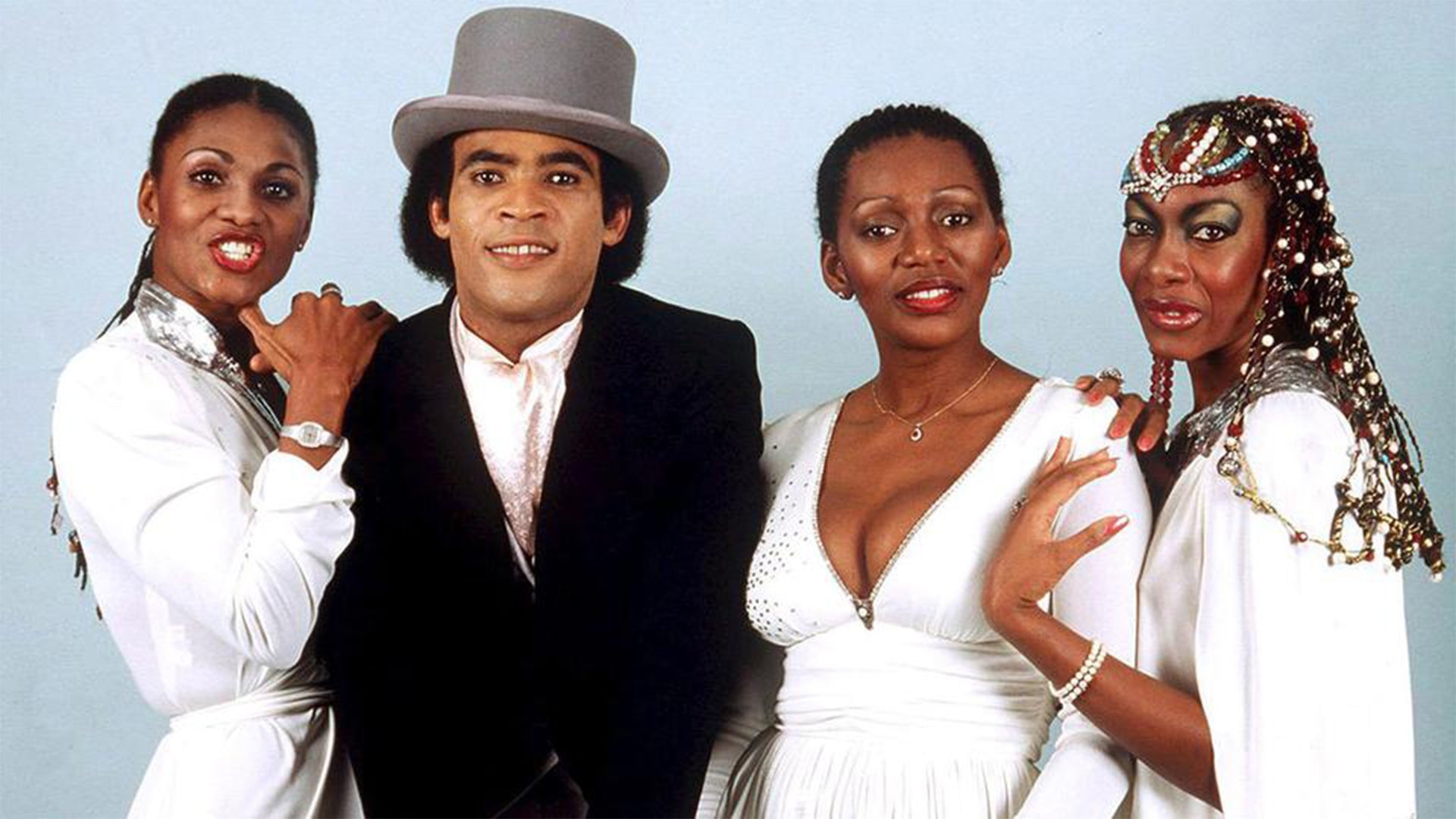
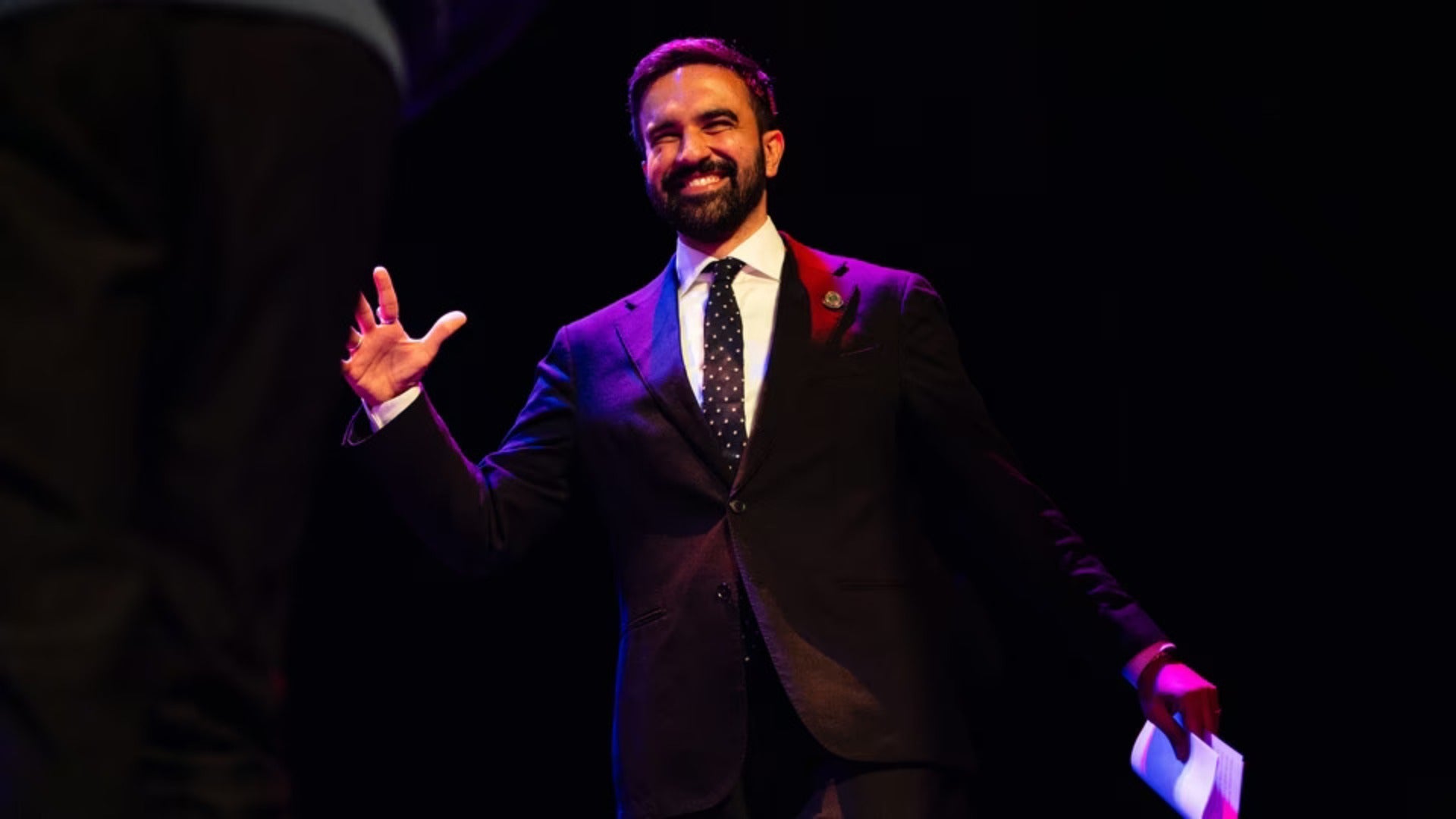
Comments
Fat Rosa — 8 days ago
HOW I RECOVERED MY LOST CRYPTO FROM FAKE BROKER ONLINE.
I had lost over $752,000 by someone I met online on a fake investment project. After the loss, I had a long research on how to recover the lost funds. I came across a lot of Testimonies about THE HACKANGEL RECOVERY TEAMS. I contacted them providing the necessary information and it took the experts about 48 hours to locate and help recover my stolen money. If anyone is looking for a Recovery firm to Recover your lost Crypto. You can contact THE HACKANGEL RECOVERY TEAMS . I hope this helps as many out there who are victims and have lost to these fake online investment scammers. You can contact them by using
Email at support@thehackangels.com
Website at www.thehackangels.com
WhatsApp +1(520)200-2320
Usman Bello —
ALPHA KEY BTC RECOVERY: SEEK ADVICE FROM A LICENSED CRYPTO RECOVERY HACKER
Only a small number of skilled hackers has the special hacking knowledge and abilities needed to recover lost Bitcoin. Although there are a lot of recovery websites available, it’s crucial to exercise caution because 99% of them are run by con artists who pose as trustworthy businesses. It is preferable to go for a reliable hacker who can assist you in getting your money back, such as Alpha Key BTC Recovery. I lost $326k in Bitcoin due to mining, but they were able to retrieve it. contact info below
Mail : Alphakey@consultant.com
Website : www.alphakeyrecovery.com
WhatsApp contact :15714122170
Signal contact:15403249396
lucas e,merson —
After over 30 years in the cockpit as a commercial pilot, flying across continents and safely landing thousands of passengers, I was ready for retirement. Like many others, I had put part of my earnings into cryptocurrency—Bitcoin, specifically—as a long-term investment. Over time, that small investment grew substantially, eventually reaching £2,000,000. It wasn’t just a number on a screen; it was my safety net, my future, my reward for decades of hard work and sacrifice. Then, in a single moment, it was all gone. I logged into my crypto wallet one morning and was met with an empty balance—zero. My entire portfolio had vanished. What I later learned was that I had been the victim of a sophisticated form of cyber theft known as cryptojacking. The hackers had exploited vulnerabilities in my system, compromised my private keys, and stealthily transferred every last coin to their own wallets. The feeling? Crippling. I reached out to every avenue I could think of—banks, law enforcement, online crypto forums—but the answer was always the same: “There’s nothing we can do.” I was devastated. It felt like years of planning and saving had been erased overnight. That was until I came across.COINSRECOVERYWORLDWIDE Naturally, I was cautious. The internet is riddled with “recovery experts” who prey on victims twice. But from my first contact with Coinsrecoveryworldwide, the difference was obvious. Their team was transparent, knowledgeable, and deeply empathetic. They didn’t offer empty guarantees—they offered action, and more importantly, they delivered. Here’s what set them apart: Unmatched Technical Expertise Coinsrecoveryworldwide began by conducting an advanced forensic analysis of my case. They traced my stolen Bitcoin through multiple layers of obfuscation—including mixers, tumblers, and shadow wallets commonly used by criminals to launder crypto assets. Their team used blockchain analytics and cyber-intelligence tools to follow the trail where others had hit a dead end. Dark Web Surveillance and Server Penetration They didn’t stop at blockchain tracking. Using legal and ethical cyber-infiltration methods, they breached one of the attacker’s remote servers—uncovering a treasure trove of data: stolen credentials, transaction logs, and access routes. This breakthrough allowed them to identify the specific IPs and even the hardware fingerprints used during the theft. Collaboration with Exchanges and Global Partners Coinsrecoveryworldwide then leveraged their global network and worked directly with several crypto exchanges to flag, freeze, and intercept the stolen assets before they could be laundered or converted. They also collaborated with cybersecurity partners to neutralize parts of the botnet infrastructure the hackers had used. Successful Recovery Within weeks, 95% of my stolen funds—equivalent to £1,900,000—was securely returned to a new, uncompromised wallet. Watching that balance reappear felt like being rescued from a plane crash. I was overwhelmed with relief and gratitude. This experience has taught me that all is not lost after a scam—not when you have the right people in your corner. Coinsrecoveryworldwide didn’t just recover my funds. They restored my sense of justice, safety, and peace. They are not just another tech firm—they are specialists in real-world cybercrime intervention. They combine unmatched technical acumen with genuine care for the people they help. To anyone facing the same nightmare I went through: don’t give up. Coinsrecoveryworldwide is the real deal. If they could recover my £2,000,000 there’s hope for you too. Contact COINSRECOVERYWORLDWIDE Security Company 📧
🌐 Website: [https://coinsrecoveryworldwide.mobirisesite.com/] 📧 Email: Coinsrecoveryworldwide@gmail.com 💬 WhatsApp:+1765-823-6083
Take the step to secure your future—you’re not alone
GH —
USA UK CANADA FULLZ AVAILABLE
FRESH DATABASES & VALID INFO
Guaranteed stuff with replacement offer
SSN DOB DL ADDRESS USA
SIN DOB ADDRESS MMN CA
NIN DOB DL ADDRESS SORT-CODE UK
REAL DL & ID Front Back with Selfie
Children Fullz 2011-2023
Young Age & Old Age Fullz
CC Fullz with CVV & Billing Address
Dumps with Pin Track 101 & 202
Contact for any query & order here:
TG – @ leadsupplier / @ killhacks
What’s App – (+1).. (727). (788). (6129).
TG Channel – t.me/leadsproviderworldwide
VK Messenger ID – @ leadsupplier
E-mail – bigbull0334 at gmail dot com
*(Be aware from scammers using our cloned names on TG)
Providing fresh stuff with 100% guarantee
80% to 90% connectivity ratio
All stuff will be fresh & genuine
USA FULL NAME SSN DOB DL ADDRESS PHONE EMAIL ACCOUNT & ROUTING NUMBER
UK FULL NAME NIN DOB DL ADDRESS PHONE EMAIL SORT CODE & ACCOUNT NUMBER
CANADA FULL NAME SIN DOB ADDRESS PHONE EMAIL MMN
#SSN #SSNDOBDL #SellSSN #CCShop #CCSELLCVV #ShopSSNDOBDLADDRESS #FULLZ #SSNFULLZ
#REALDLSCAN #YoungAgeFullz #Fullzseller #USAFULLZ #FULLZUSA #SellerSSNDOB #ShopSSNDOB
#SIN #SINDOBDL #SellSIN #SINMMNFULLZ #MMNPROSSIN #MMNSIN #CCShop #CCSELLCVV #ShopSINDOBDLADDRESS #FULLZ #SINFULLZ
#REALDLSCAN #YoungAgeFullz #Fullzseller #CANADAFULLZ #FULLZCANADA
#NIN #NINDOBDL #SellNIN #CCShop #CCSELLCVV #ShopNINDOBDLADDRESS #FULLZ #NINFULLZ
#REALDLSCAN #YoungAgeFullz #Fullzseller #UKFULLZ
Other stuff we’re providing as well, listed below:
===========
DL Front back with selfie USA|UK|CA|AUS|GR|FR|RU|CHINA e.t.c
Fullz with MVR & W-2 Form
Business Pros Company fullz with EIN
High credit scores pros (700+ score)
Dead fullz bulk quantity
Tax return filling fullz (FASFA|UBER|DOORDASH|SBA|PUA|UI|BENEFITS)
USA Fullz with DL Front Back with SSN & Selfie
Email Leads available in different categories:
===========
Crypto Leads
Fresh Sweep Stakes
Business P2P leads
Medical Leads
Education Leads
Country wise Leads
Bank Details Leads with phone numbers
Specific States & Cities Leads USA UK CAN
Car Database leads with registration No.
Doctor’s Leads
Health Leads
Facebook|Amazon|LinkedIn|Ebay Leads
Payday Leads
Mortgage Leads
All type of Sp’a’mming Tools & Tutorials are available for learning purpose.
>SMTP
>RDP
>BRUTES
>SHELLS
>C-panels
>Web-Mailers
>Bulk SMS & E-Mail Senders
>Sc@mpages & Scripting
>Cash out & Carding Tutorials
>H@cking Tools & Tutorials
Many other Stuff we can provide on demand as well
Feel free to contact with us, we’ll assist you 24/7
We’re providing stuff for learning to make money as well
Proper guidance & assistance will be provided
Waiting for you guy’s
Here we are for you:
-TG – @ leadsupplier / @ killhacks
-What’s App – (+1).. (727). (788). (6129).
-TG Channel – t.me/leadsproviderworldwide
-VK Messenger ID – @ leadsupplier
Bram Orrie —
HOW I RECOVER $850 FROM FAKE INVESTMENT BROKER ONLINE
I’m grateful to THE HACK ANGELS RECOVERY EXPERT for helping me recover my stolen Bitcoin. After losing funds to a fake platform, I felt hopeless. I am deeply grateful for their support. If you have fallen victim to a Bitcoin scam or any other form of cryptocurrency fraud, don’t give up. Reach out to THE HACK ANGELS RECOVERY EXPERT Contact:
WhatsApp (+1(520)200-2320
Email at support@thehackangels.com
Website at www.thehackangels.com
If you’re in London, you can even visit them in person at their office located at 45-46 Red Lion Street, London WC1R 4PF, UK.